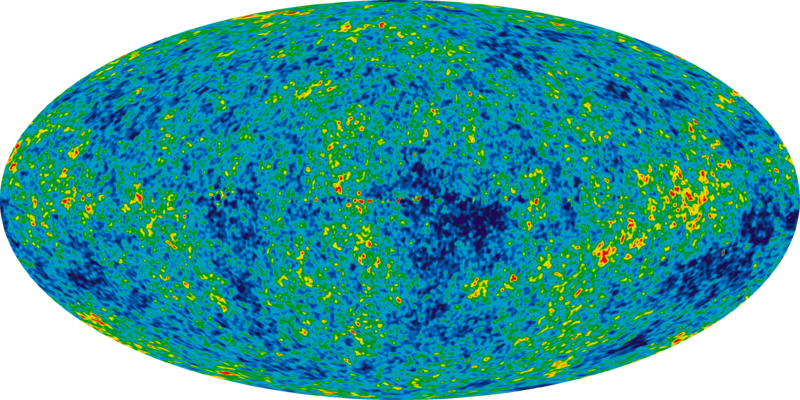Water vapor is a gas of water molecules. The helium gas that you blow up balloons with is a gas of helium particles. So what do you call a "gas" (in equilibrium) consisting of light particles or photons? You call it black body radiation. (See more here.)
It shouldn't be hard to imagine that the Cosmic Microwave Background Radiation (CMB) should be a black body: The universe can be thought of a giant container. In the early stages of the universe, photons were emitted at every point and were free to flow throughout the universe like helium gas is allowed to freely move throughout its container. Hence, if early universe physics was true, we should expect the CMB to be a perfect black body.

Those are not the 1-sigma error bars, those are the 400-sigma error bars!
Look at the plot above. The black line is the theoretical curve for a black body spectrum. The error bars from actually measuring the CMB have been multiplied by 400. That's right, the errors on the CMB being a perfect black body spectrum are so small that you have to multiply them by ~400 just to see them!
That's one perfect back body spectrum, and yet again shows the data backs the theoretical predictions of early universe physics.

Does black body radiation share other properties with particle gas with mass? In other words, how does the fact the photons have no mass affect your analogy to water vapor and hydrogen gas?
ReplyDeleteStan,
ReplyDeleteThe (See more here.) link possibly will answer your question best.
Yes, blackbody radiation shares a lot in common with massive particle gas. The calculations and results between this radiation gas and the massive particle case are about identical modulo for photons you have to set the chemical potential to zero and assume the particles are relativistic.
Another way to say it is: take a massive gas, and for all the properties redo them setting the chemical potential to zero and assuming the particles are relativistic and you essentially get back the exact results of a photon gas.
So yes, the photon gas is very analogous to a gas of massive particles.